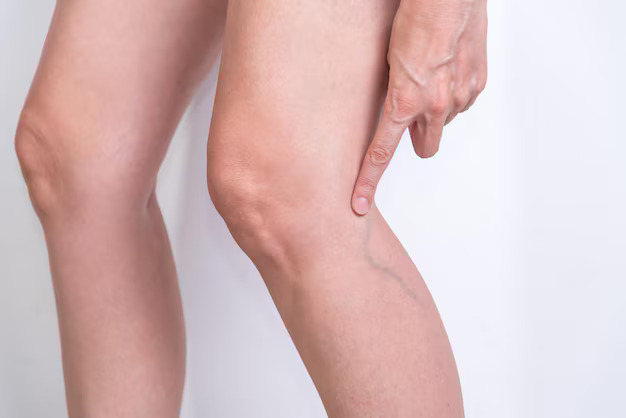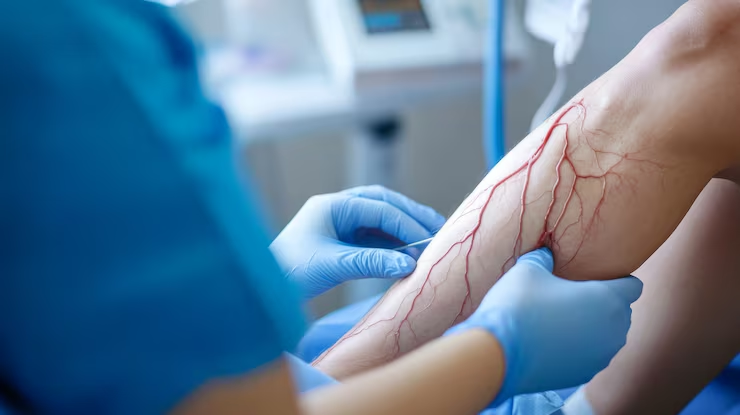Varicose veins, those swollen, twisted veins that often appear blue or dark purple, affect millions of people worldwide. While they’re often considered a cosmetic concern, varicose veins can lead to discomfort, pain, and even complications if left untreated. Fortunately, advancements in medical technology have led to the development of minimally invasive treatment options, such as Endovenous Foam Treatment (EVFT), providing patients with effective alternatives to traditional surgical procedures.
Understanding Varicose Veins
Varicose veins occur when the valves within veins malfunction, causing blood to pool and veins to swell. Factors such as genetics, age, obesity, and prolonged standing or sitting can contribute to their development. Symptoms include pain, throbbing, swelling, and skin discoloration, with severe cases leading to ulcers or blood clots.
Traditional Treatment Options
Historically, surgical procedures like vein stripping and ligation were the primary treatment options for varicose veins. These invasive procedures required general anesthesia and prolonged recovery times. Sclerotherapy, another common treatment, involves injecting a solution into the vein to collapse it. While less invasive, sclerotherapy may require multiple sessions and is not suitable for all types of varicose veins.
Endovenous Foam Treatment (EVFT)
Endovenous foam treatment is a minimally invasive procedure that has revolutionized the treatment of varicose veins. During the procedure, a specially formulated foam is injected directly into the affected vein under ultrasound guidance. The foam displaces the blood within the vein and causes the vein walls to collapse, eventually leading to its closure and rerouting of blood flow to healthier veins.
Advantages of EVFT
Compared to traditional surgical procedures, EVFT offers several advantages. It can be performed in an outpatient setting under local anesthesia, eliminating the need for hospitalization. The procedure typically takes less than an hour, and patients can resume their normal activities almost immediately. Additionally, EVFT has been shown to have high success rates and low complication rates, making it a safe and effective option for many patients.
Patient Experience and Recovery
Patients undergoing EVFT can expect minimal discomfort during the procedure, thanks to local anesthesia. Post-procedure, some may experience mild bruising or discomfort, but these symptoms typically resolve within a few days. Unlike traditional surgeries, which may require weeks of recovery time, patients undergoing EVFT can return to work and normal activities within a day or two.
Cost and Accessibility
While the cost of EVFT may vary depending on factors such as the extent of treatment needed and insurance coverage, it is often comparable to or even more cost-effective than traditional surgical procedures. Many insurance plans cover EVFT, especially when it’s deemed medically necessary.
Future Directions and Innovations
As technology continues to advance, researchers are exploring ways to further improve EVFT. This includes developing new foam formulations to enhance efficacy and minimize side effects. Additionally, ongoing studies are evaluating the long-term outcomes of EVFT and its role in preventing the recurrence of varicose veins.
Conclusion
Endovenous Foam Treatment represents a significant advancement in the management of varicose veins. Its minimally invasive nature, combined with high success rates and minimal downtime, make it an attractive option for patients seeking relief from the discomfort and cosmetic concerns associated with varicose veins. As awareness of EVFT grows and technology continues to evolve, it is poised to become the standard of care for varicose vein treatment, offering patients a safer, more effective alternative to traditional surgical procedures.








